kubota
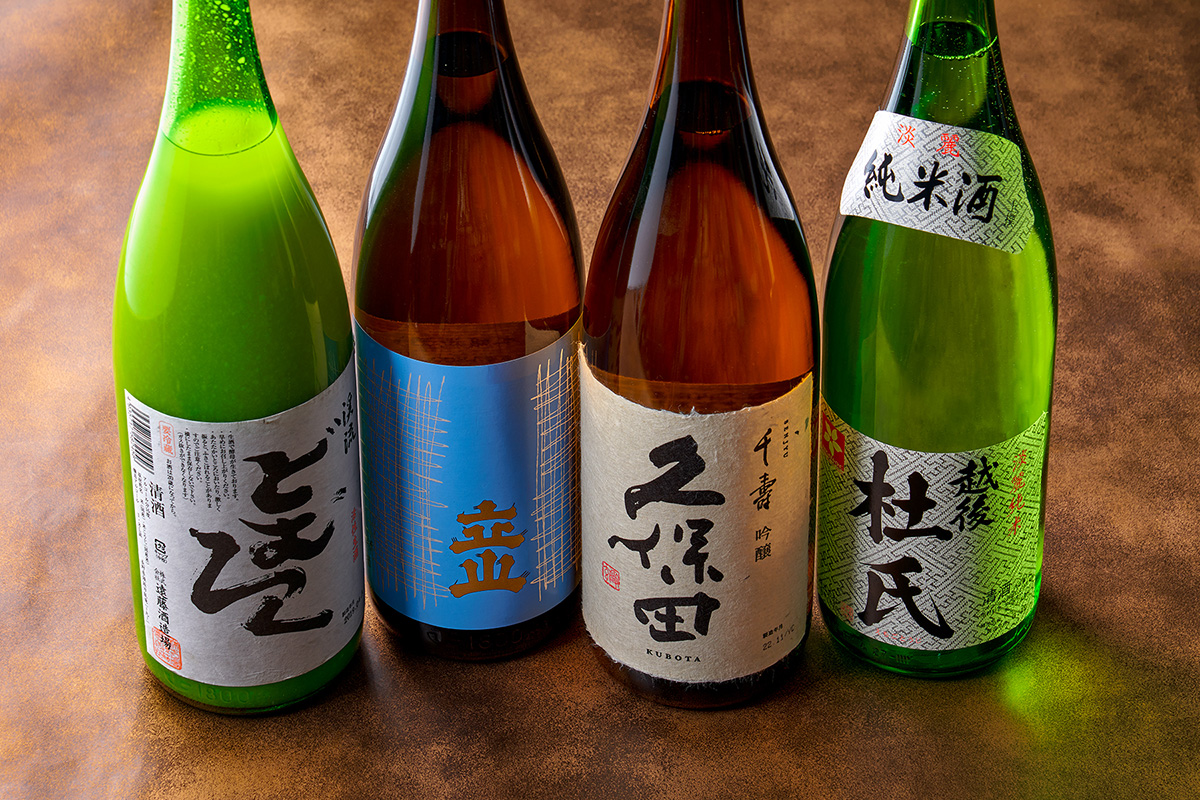
HOW TO
Jan 10, 2023
HOW TOFrom Sake Skeptic to Sake Lover
Getting to know sake can seem intimidating at first, and the effort is often held back by poor initial experiences. An open mind and a little bit of exploration, however, can ignite a lasting love of Japan’s national drink.
Jan 10, 2023
Highlights
A little knowledge leads to a lot of love
Sake can seem daunting. It’s often hidden behind confusing labels, where even when the words are in English, the meanings are often challenging to decipher. But have no fear! Most sake terms are relatively simple to say and understand with just a little practice. And think back to beer and wine: were you born knowing what brut, lambic or qvevri meant? No! You learned by exposure, and the same is true of sake.
There are now websites, books, and communities sharing sake knowledge to clear the way, including Reddit’s r/sake, books like The Japanese Sake Bible by Brian Ashcraft, and Discover Sake on Instagram. We have also published articles explaining sake basics like rice polishing and the role of koji, so take a look to get started. Learning is the perfect gateway for your path to falling in love with sake!
The truth about temperature
Many first sake experiences outside of Japan seem to go wrong. People often get a poorly kept drink served super hot, which leaves a pretty bad first impression. This has led to backlash against warm sake as some equate it with poor quality. This is a mistake!
In Japan, drinking sake warmed is a treasured tradition, and all but the most delicate premium sake will express a different, yet pleasant flavor when warmed.
In fact, many consumers drink sake over-chilled, which will mute much of sake’s real flavor notes. This is not to say that you must drink sake warm, just that the way flavors transform with temperature is one of its unique charms. To explore, try starting chilled and let the sake warm to room temperature, checking the shifts in flavor and aroma as you go. Next, heat it – ideally using a hot-water bath, although a microwave in 10-second bursts also works – to a comfortable temperature and check it as it cools down. Enjoy the changing flavor profiles and reference them next time you pour a cup.
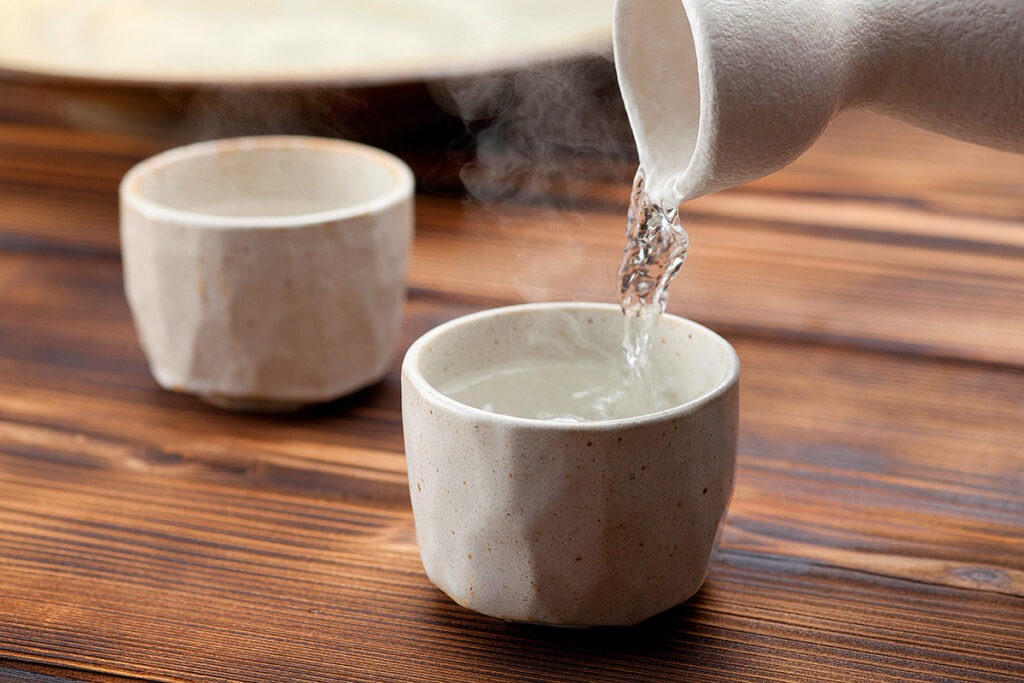
More variety means more excitement
Another of sake’s attractions is all the variety to explore. Despite the simple ingredient list, the complex brewing process allows huge variation in flavor, mouthfeel, and aroma. From delicate, fruity daiginjo to rich, savory junmai, there is a sake to satisfy any palate. And the lack of tannins and overall lower acidity make sake quite easy to match with food.
Are you looking for something elegant to go with fruits like strawberries or cherries? Try a junmai ginjo like Ohyama Junmai Ginjo Fu-In.
Want a heartier drink for a steak dinner? Give Kenbishi Kuromatsu Honjozo a try!
How about something rich, complex, and heavy to sit and contemplate on a winter’s evening? Tamagawa Time Machine is a next-level experience.
In the end, the best way to learn to love sake is experiencing it yourself. Sake shops like True Sake in San Francisco or Sakaya in New York will have a carefully curated stock of sake and knowledgeable staff to guide you in your journey toward sake love. Just remember, don’t let anyone tell you how to drink sake – it’s yours to enjoy any way you want.
Category Ranking
Category Ranking
-
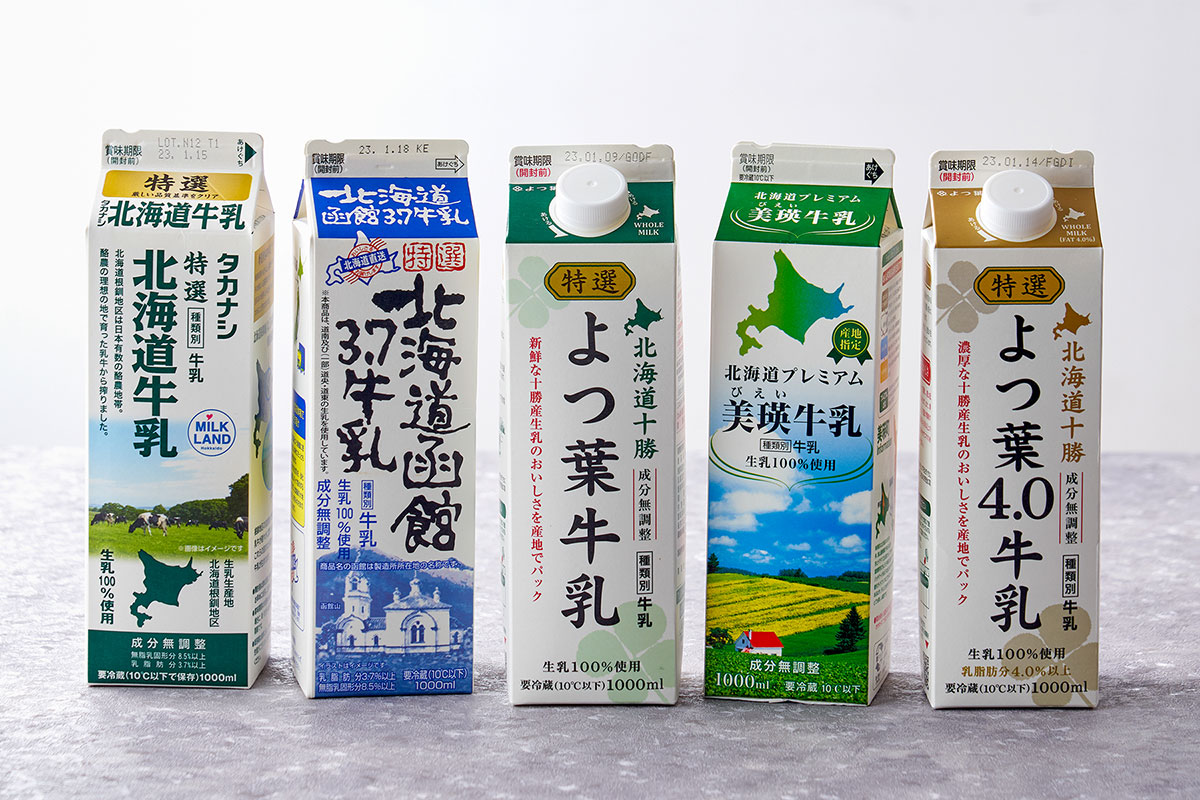
HOW TO
Introducing Hokkaido Milk and Dairy: Indulgence from Japan’s Far North
Jan 25, 2023
-
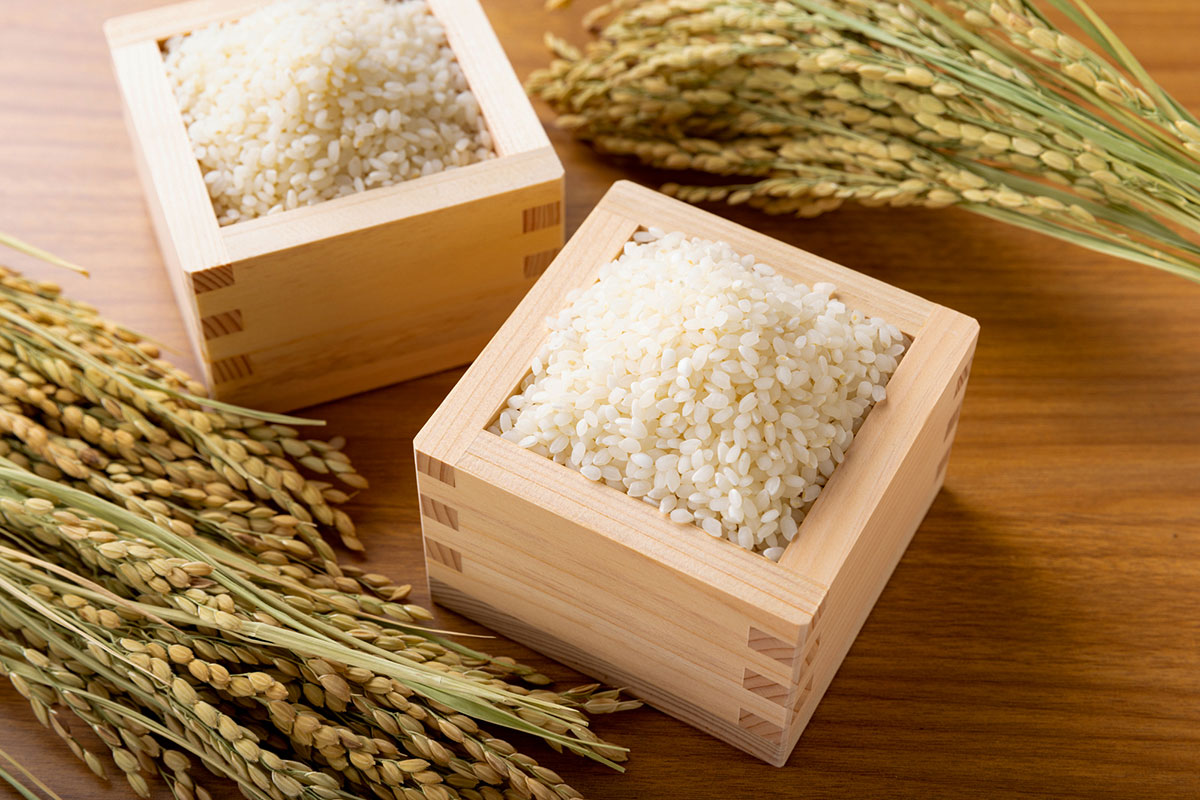
HOW TO
Best in Show: Why Japanese Rice is a World Apart
Jan 5, 2023
-
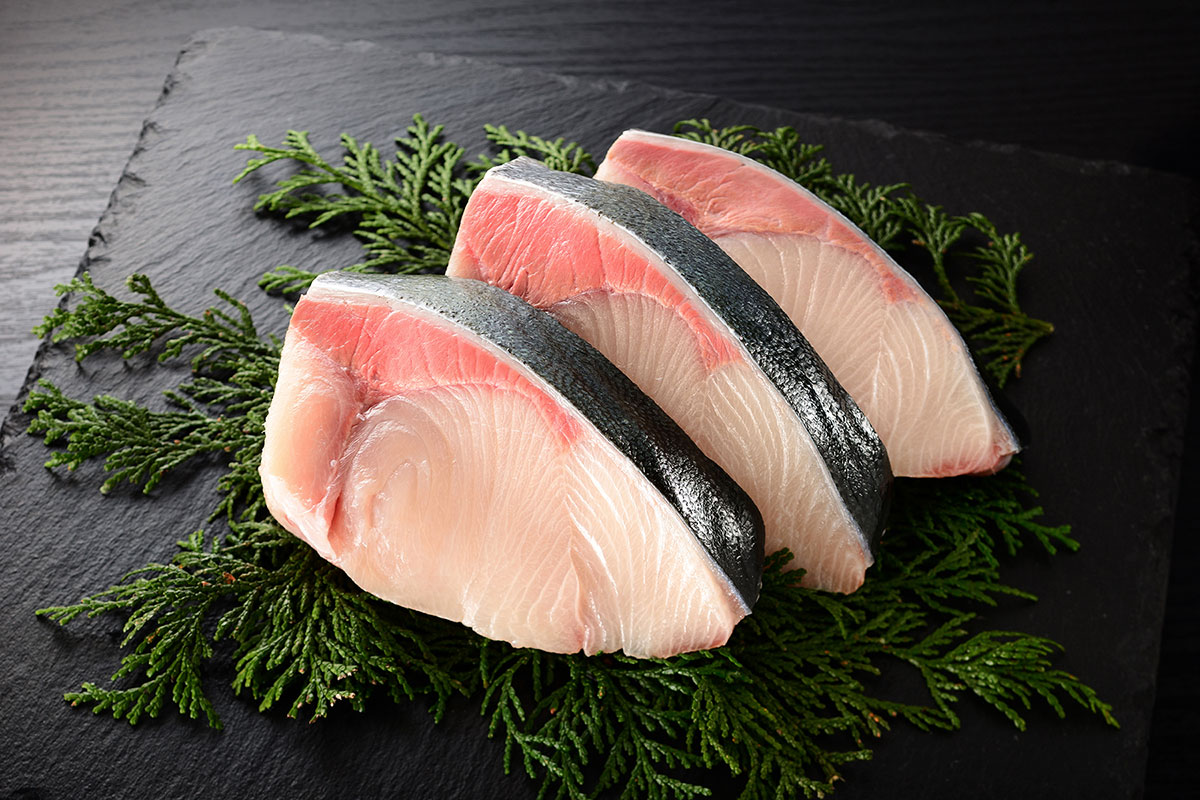
HOW TO
Farmed Buri or Wild Buri? A Complicated and Delicious Question
Jan 11, 2023
-
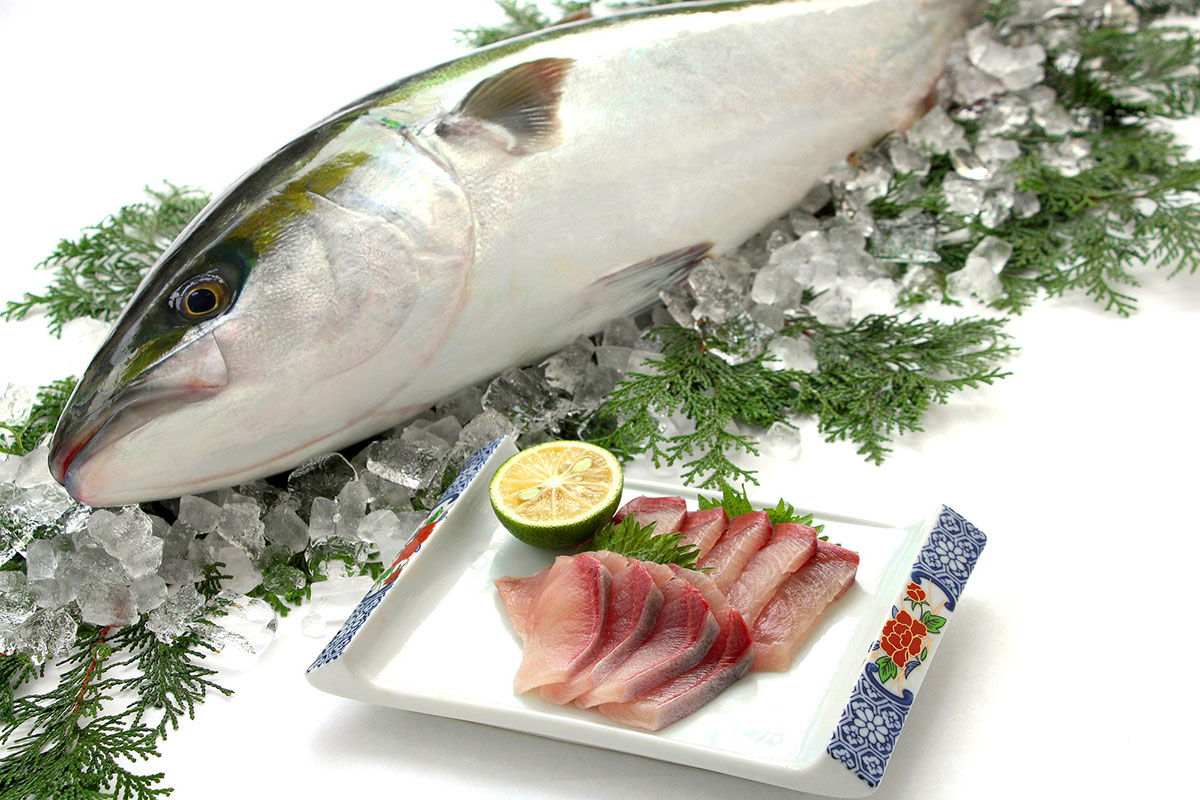
HOW TO
Is the Japanese Fish Buri “Yellowtail” or “Amberjack”?
Jan 13, 2023
-

HOW TO
A Comparison of Japanese Authentic Shochu and other Spirits Worldwide
Jan 9, 2023
-
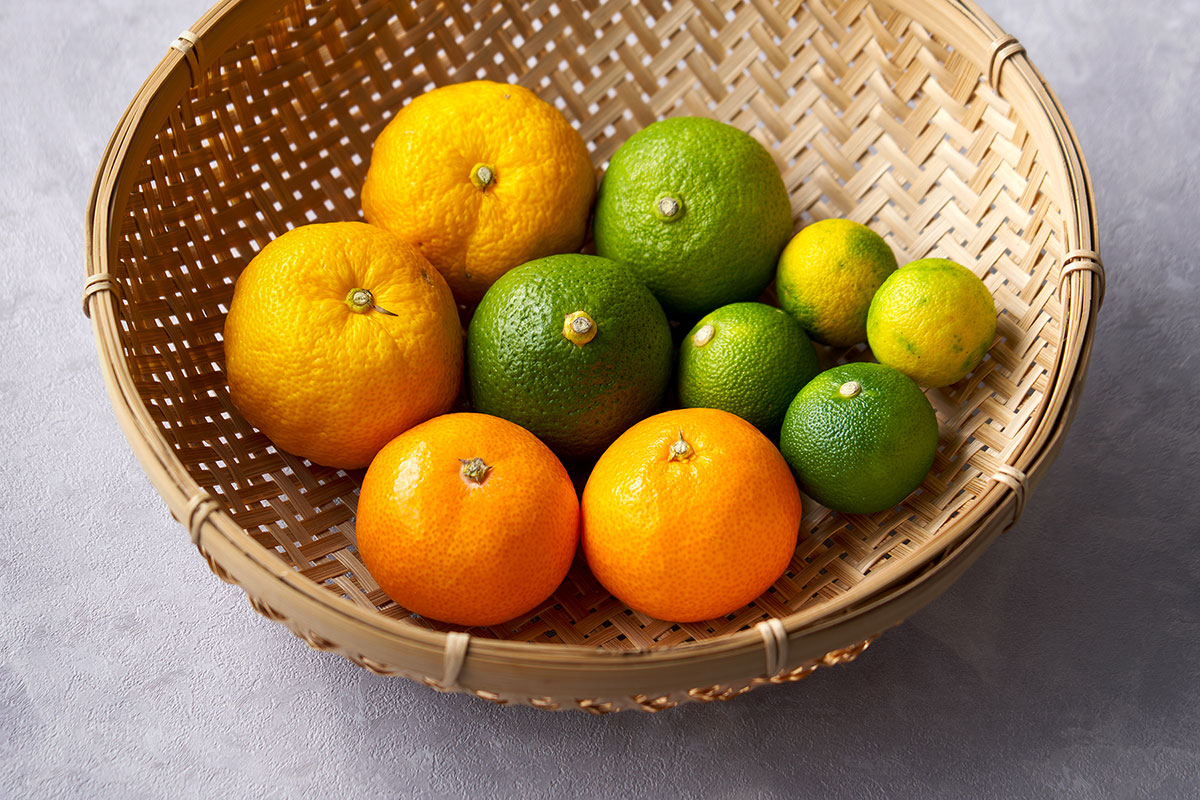
HOW TO
Sweet, bitter, sour, sublime: Japanese citrus fruit across the spectrum
Jan 16, 2023
-

HOW TO
Top 10 Delicious Japanese Sweets and Snacks You Absolutely Need to Try
Jan 14, 2023
-

HOW TO
Tangerine fed yellowtail? Chocolate fed yellowtail?
Jan 22, 2023
-
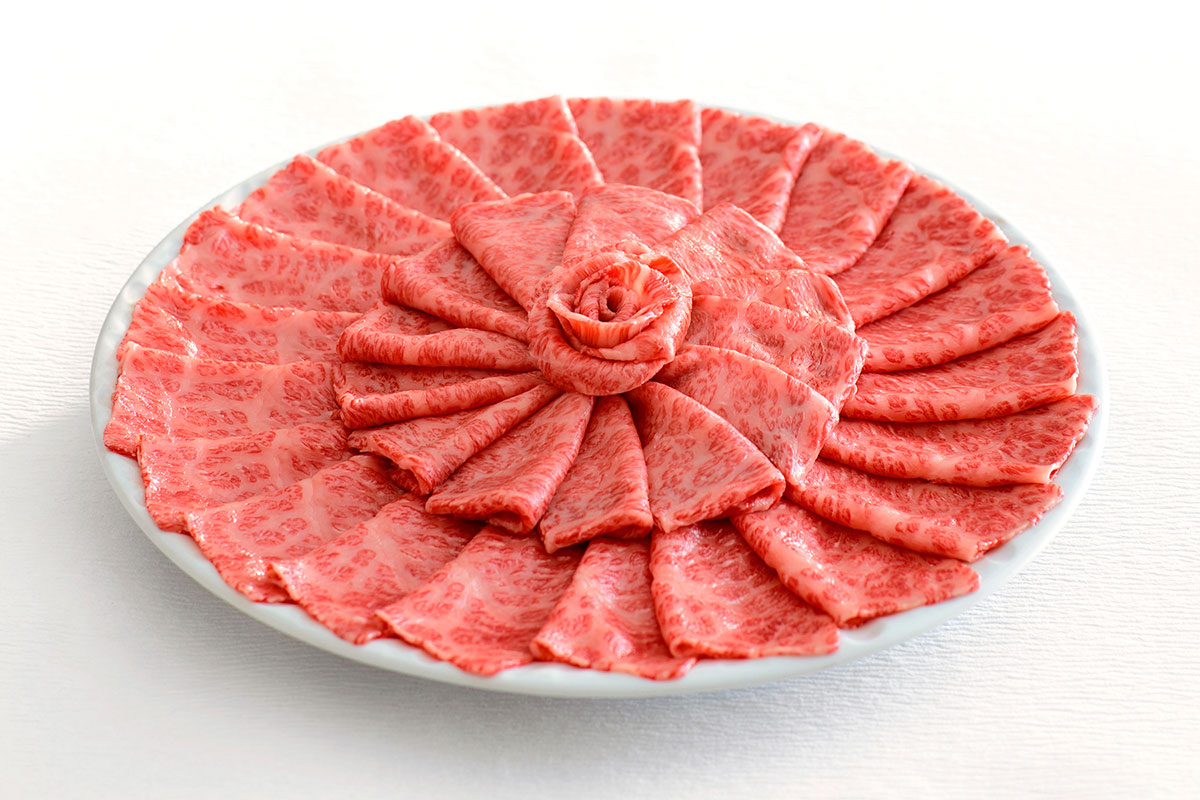
HOW TO
Authentic Japanese Wagyu vs Imitation Products: Knowing the Difference
Jan 15, 2023
-

HOW TO
Why is there a big difference in the price of Chuck Roll between Japan and the US?
Jan 26, 2023
-

HOW TO
Introducing Hokkaido Milk and Dairy: Indulgence from Japan’s Far North
Jan 25, 2023
-
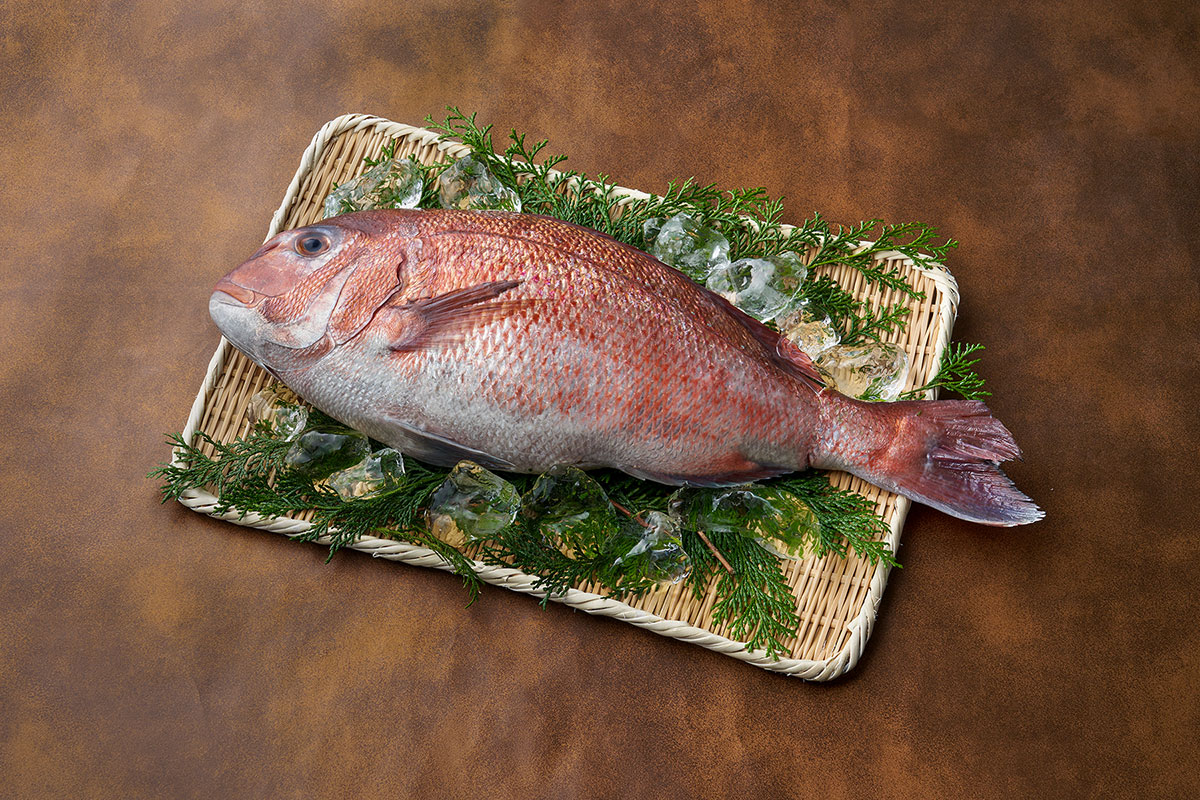
HOW TO
Athletes eat Japanese Tai Snapper because it is low in fat and high in protein
Jan 18, 2023
-

HOW TO
Authentic Japanese Wagyu vs Imitation Products: Knowing the Difference
Jan 15, 2023
-

HOW TO
Is the Japanese Fish Buri “Yellowtail” or “Amberjack”?
Jan 13, 2023
-
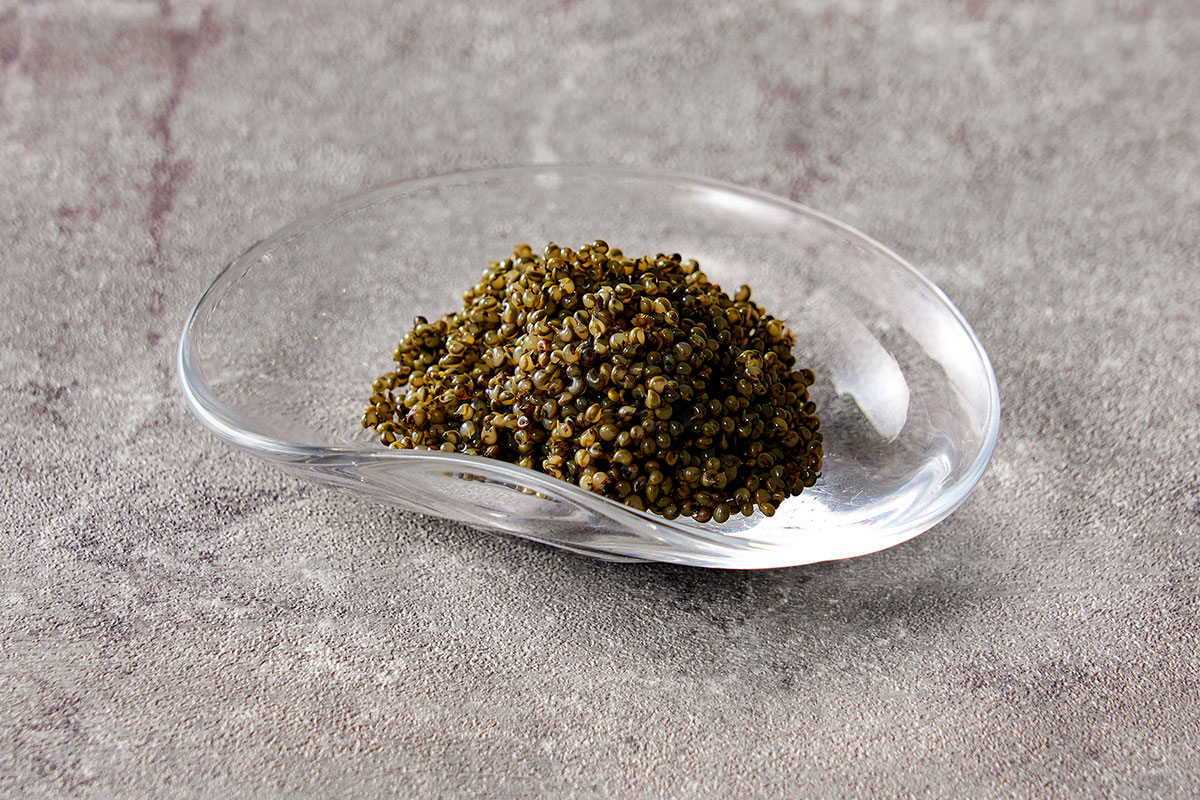
HOW TO
Tonburi, aka Vegan Caviar, and Implications for the Next Era of Gastronomy
Jan 26, 2023
-
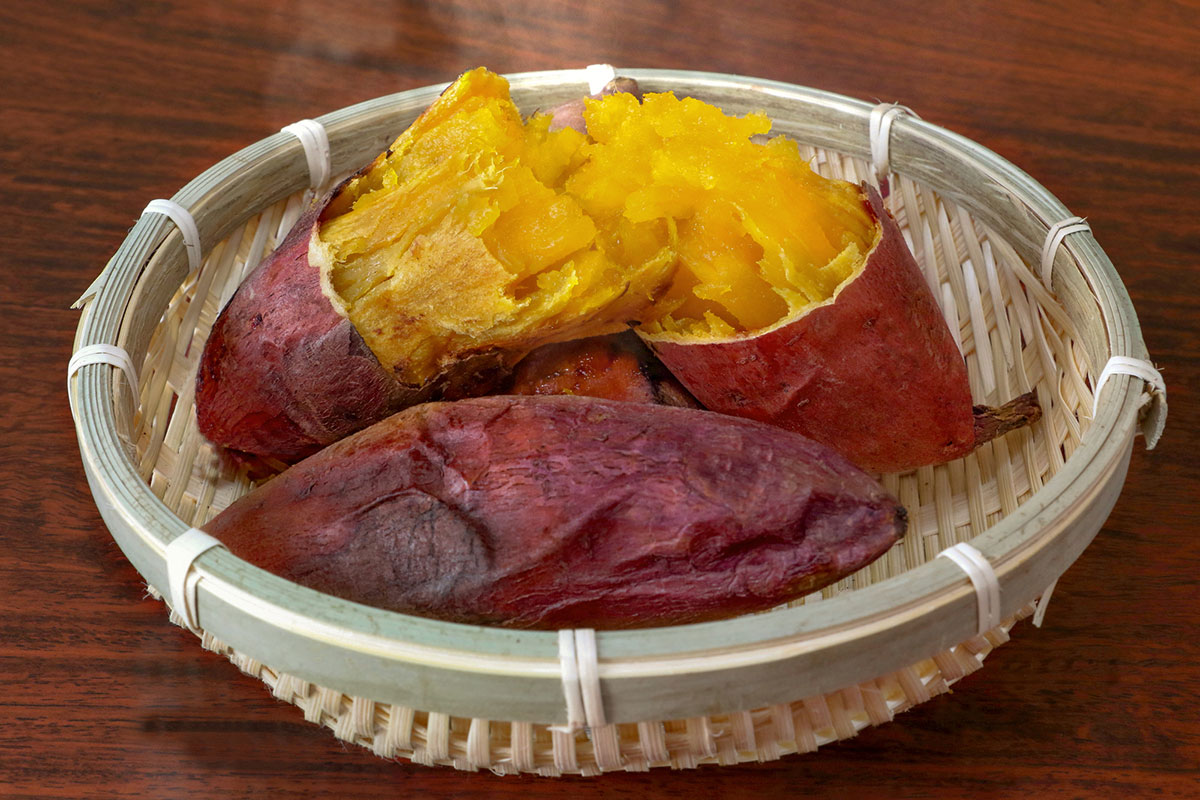
HOW TO
Japan’s Sweetest Sweet Potatoes Just Might be the Perfect Dessert
Dec 30, 2022
-

HOW TO
Sweet, bitter, sour, sublime: Japanese citrus fruit across the spectrum
Jan 16, 2023
-
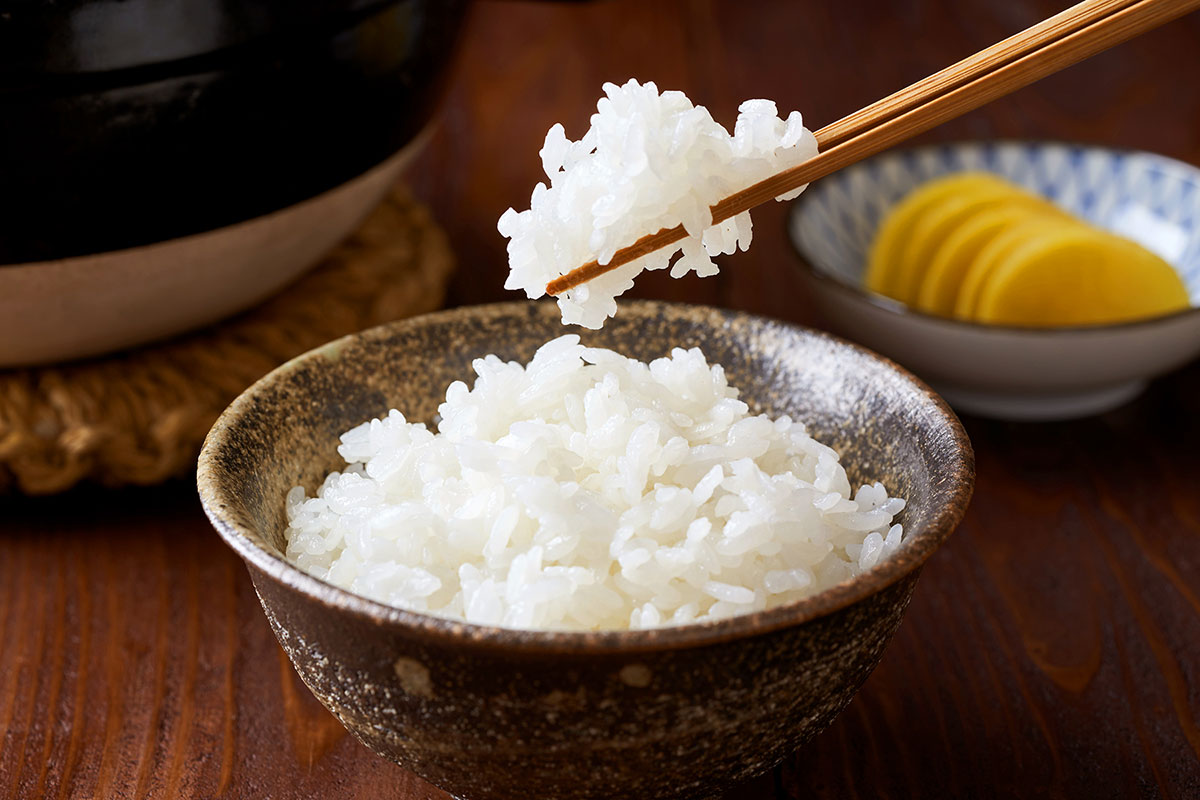
HOW TO
Tips and Techniques for the Best Japanese Rice Preparation
Jan 25, 2023
-

HOW TO
The Wholesome and Hearty World of Satsuma Imo, Japanese Sweet Potatoes
Jan 5, 2023
-

HOW TO
A Comparison of Japanese Authentic Shochu and other Spirits Worldwide
Jan 9, 2023
Ranking
Ranking
-

CULTURE
The Great Japanese Chocolate Snack War: Kinoko no Yama vs Takenoko no Sato
Jan 3, 2023
-

HOW TO
Introducing Hokkaido Milk and Dairy: Indulgence from Japan’s Far North
Jan 25, 2023
-

HOW TO
Best in Show: Why Japanese Rice is a World Apart
Jan 5, 2023
-

HOW TO
Farmed Buri or Wild Buri? A Complicated and Delicious Question
Jan 11, 2023
-
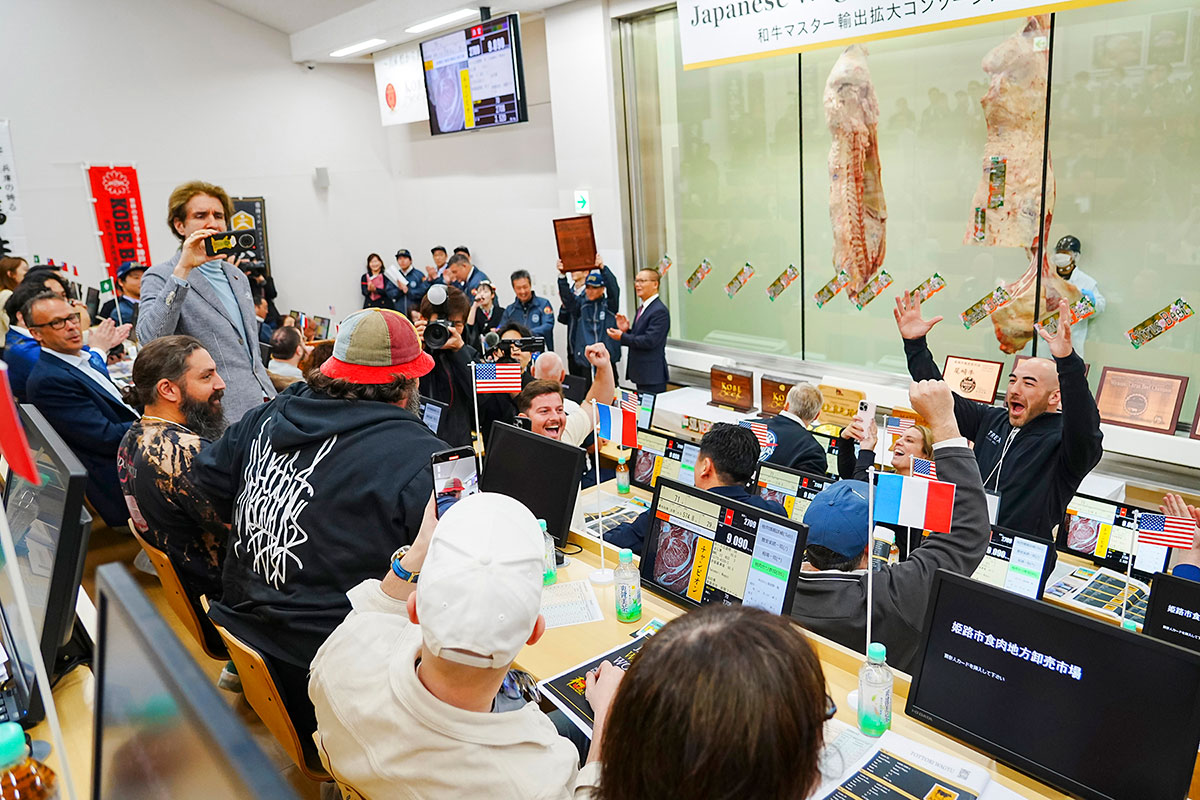
FOOD NEWS
Five Times the Price, Countless Stories: Inside the Japanese Wagyu World Auction 2025
Aug 20, 2025
-

HOW TO
Is the Japanese Fish Buri “Yellowtail” or “Amberjack”?
Jan 13, 2023
-

HOW TO
A Comparison of Japanese Authentic Shochu and other Spirits Worldwide
Jan 9, 2023
-

HOW TO
Sweet, bitter, sour, sublime: Japanese citrus fruit across the spectrum
Jan 16, 2023
-

HOW TO
Top 10 Delicious Japanese Sweets and Snacks You Absolutely Need to Try
Jan 14, 2023
-

HOW TO
Tangerine fed yellowtail? Chocolate fed yellowtail?
Jan 22, 2023
-

HOW TO
Introducing Hokkaido Milk and Dairy: Indulgence from Japan’s Far North
Jan 25, 2023
-

CULTURE
The Great Japanese Chocolate Snack War: Kinoko no Yama vs Takenoko no Sato
Jan 3, 2023
-

HOW TO
Athletes eat Japanese Tai Snapper because it is low in fat and high in protein
Jan 18, 2023
-
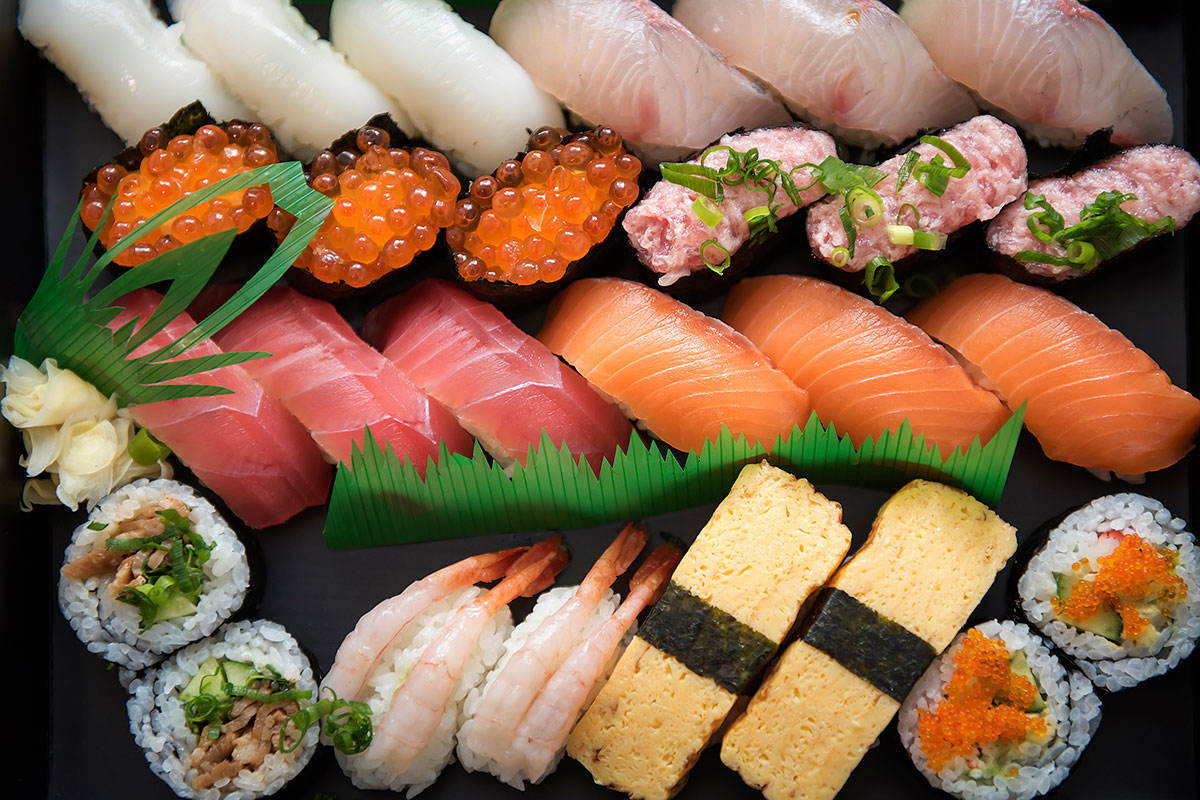
CULTURE
Learn the Basics of Sushi: Everything You Need to Know
Apr 26, 2023
-
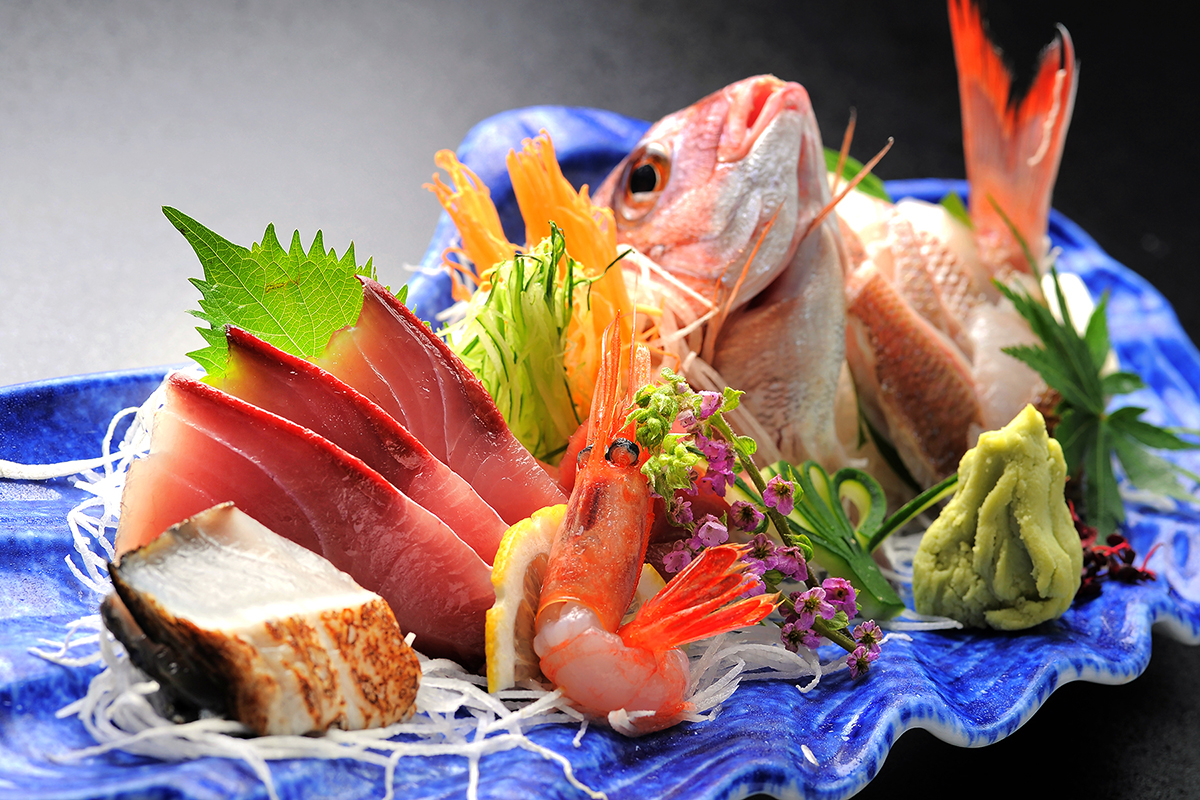
CULTURE
The Highest Form of Culinary Reverence: Ikizukuri
Apr 18, 2023
-

HOW TO
Authentic Japanese Wagyu vs Imitation Products: Knowing the Difference
Jan 15, 2023
-

HOW TO
Is the Japanese Fish Buri “Yellowtail” or “Amberjack”?
Jan 13, 2023
-

HOW TO
Tonburi, aka Vegan Caviar, and Implications for the Next Era of Gastronomy
Jan 26, 2023
-

FOOD NEWS
Five Times the Price, Countless Stories: Inside the Japanese Wagyu World Auction 2025
Aug 20, 2025
-

HOW TO
Tips and Techniques for the Best Japanese Rice Preparation
Jan 25, 2023
Top Tags
- Meiji era
- Hong Kong
- BBQ
- Sashi
- oleic acid
- A5 Japanese Wagyu
- Miyagi Prefecture
- Yamagata Prefecture
- Fukui Prefecture
- Tokushima Prefecture
- shank
- thigh meat
- Ude
- ribeye
- filet sandwiches
- sirloin steak
- Weight loss
- fat burning
- metabolism
- skin
- stomach
- lungs
- colon
- Cancer prevention
- antiviral
- L-theanine
- bacteria
- gum disease
- natural killer cell
- T-cell

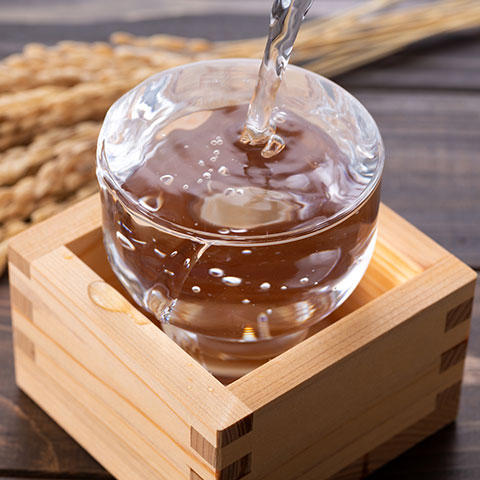


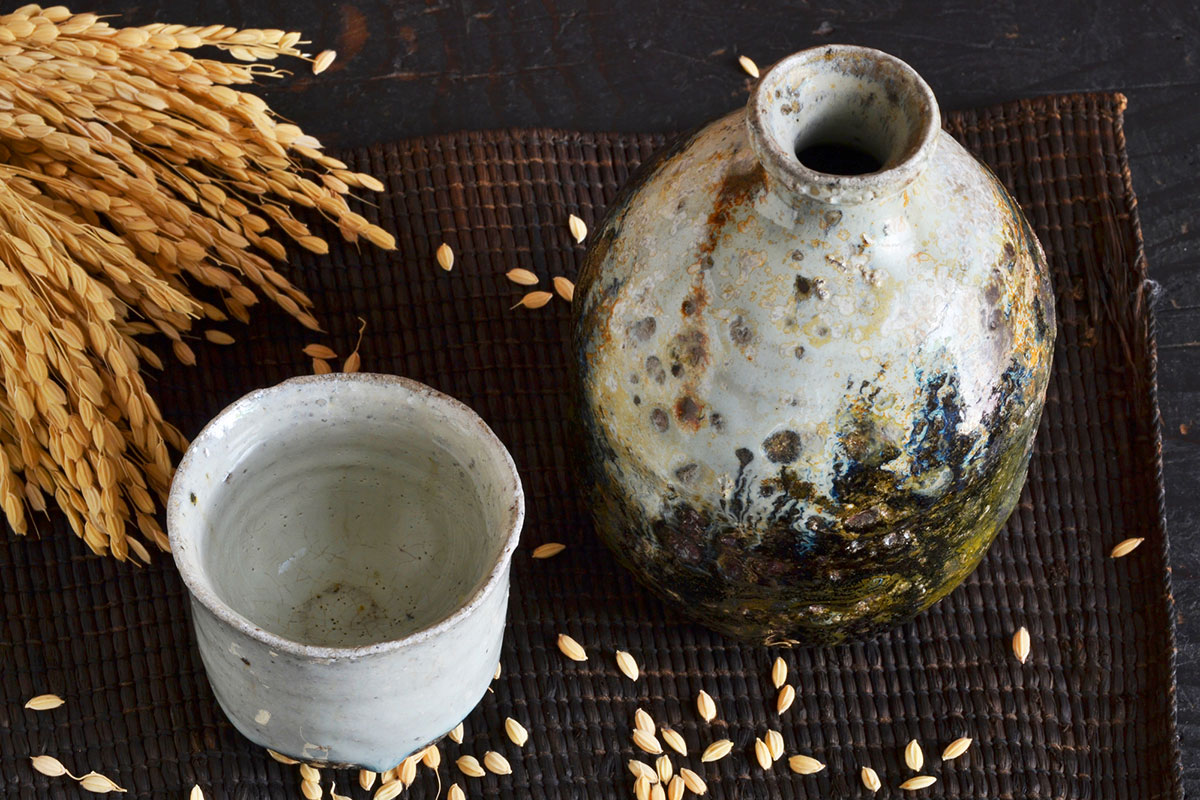
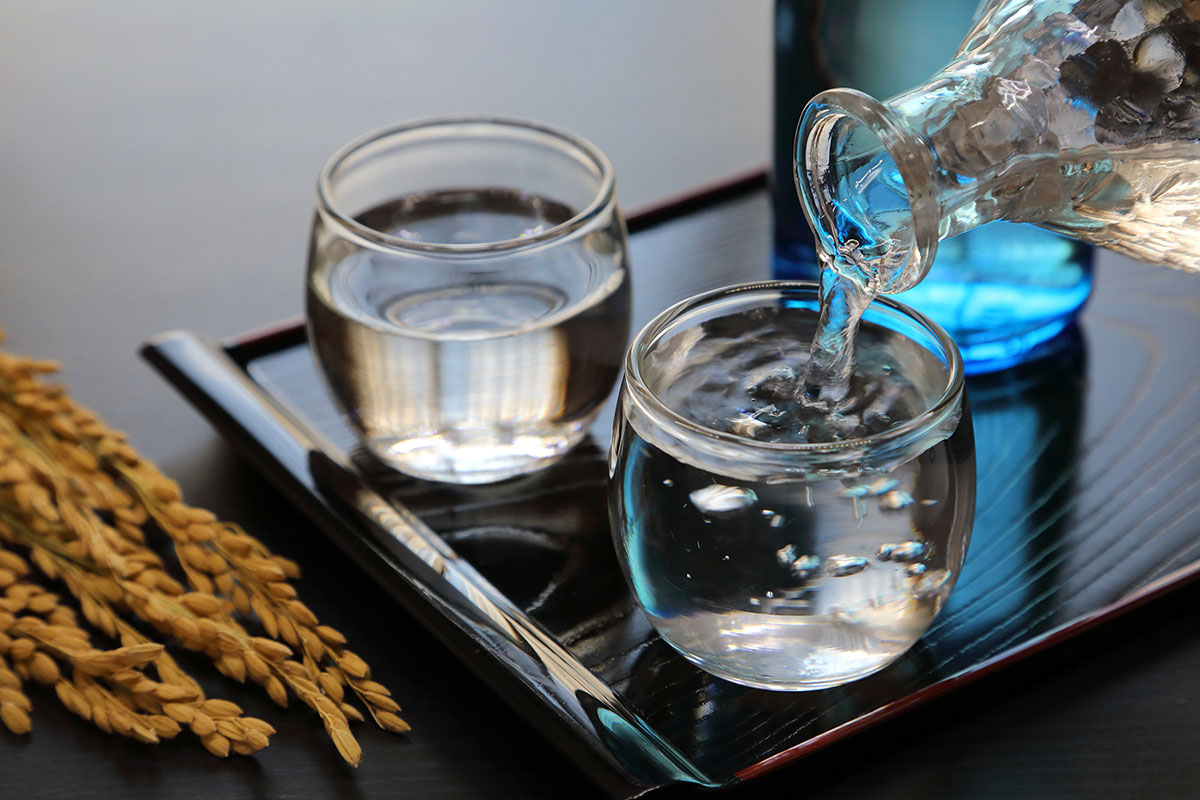

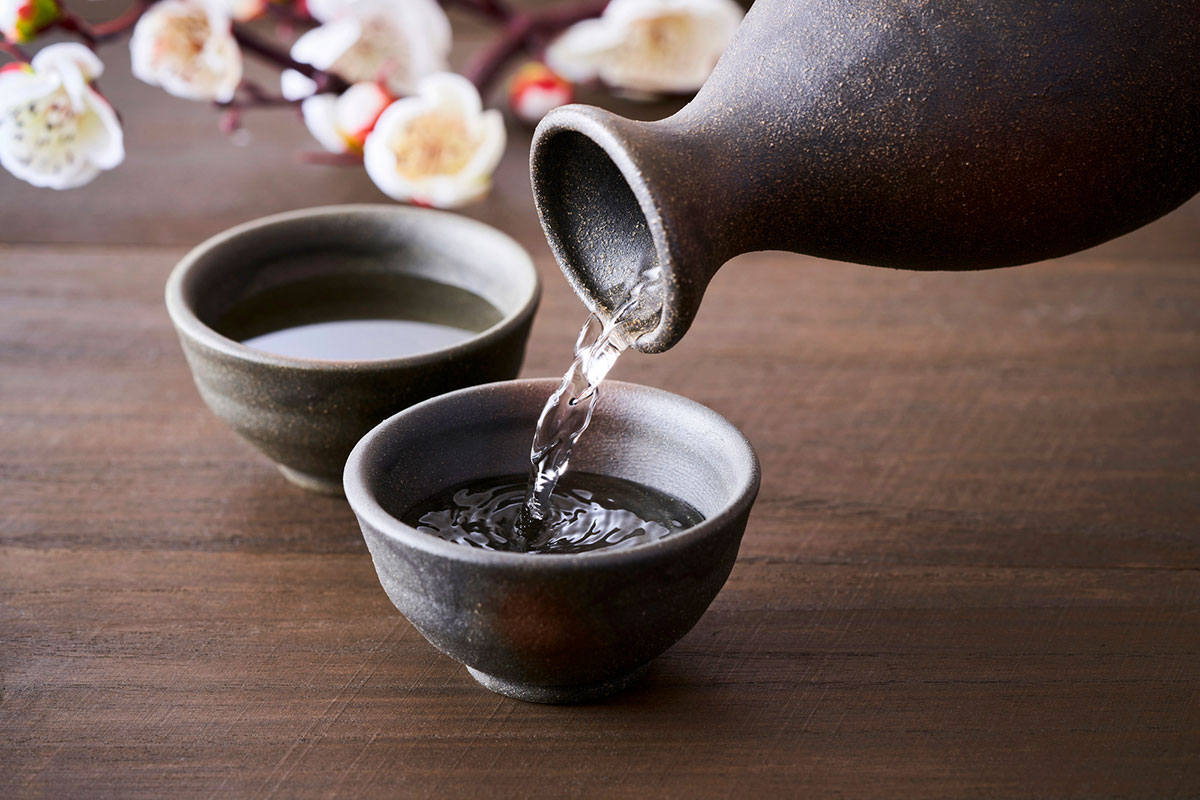

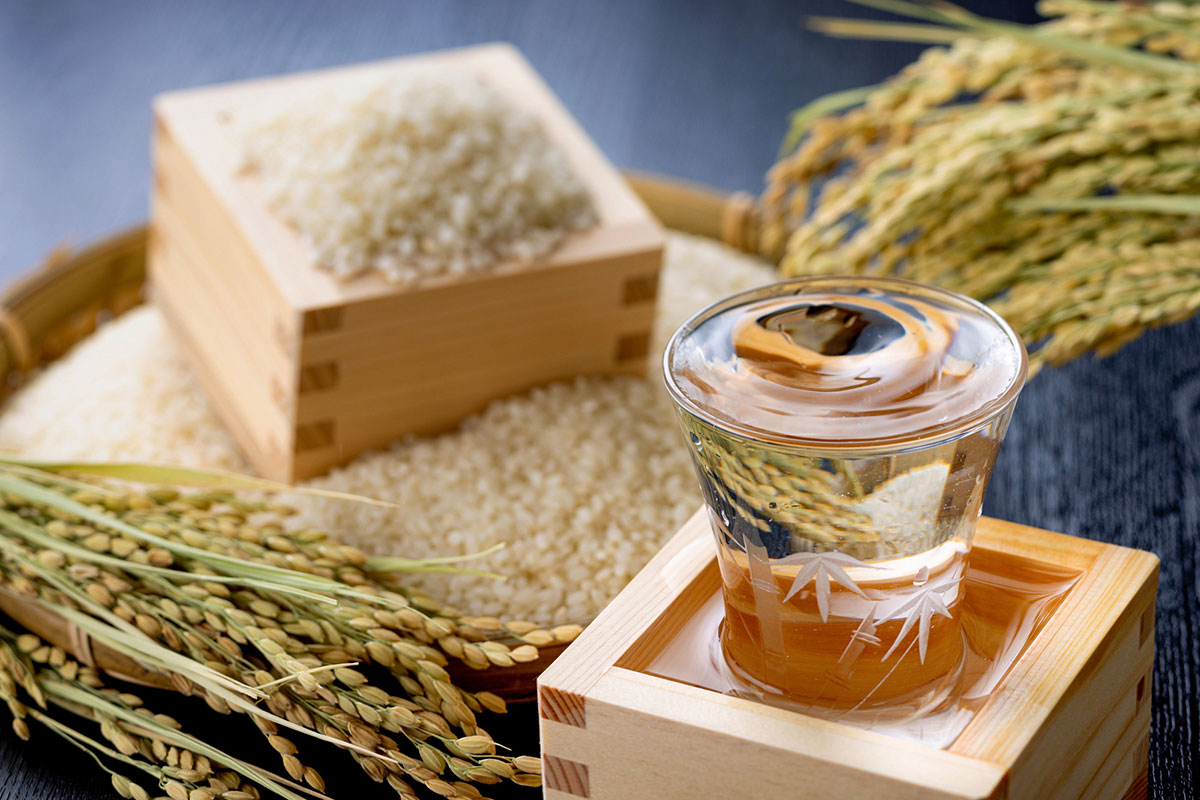
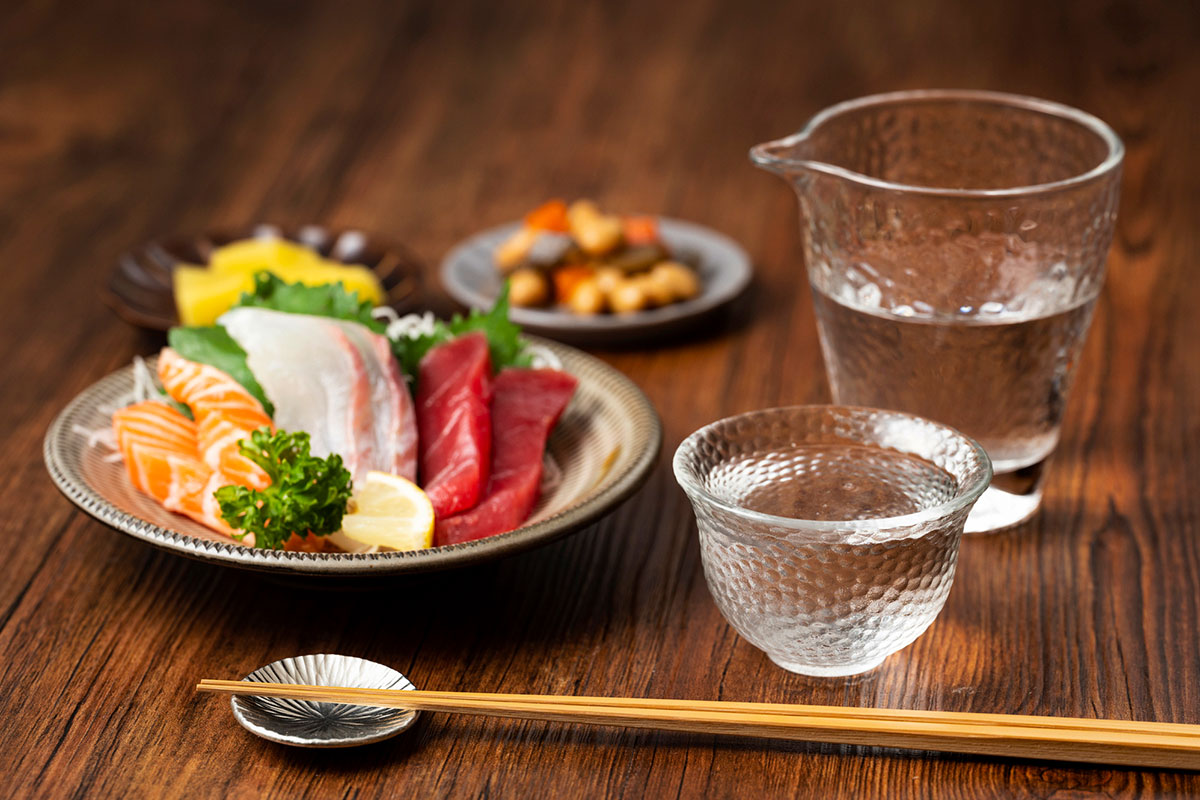
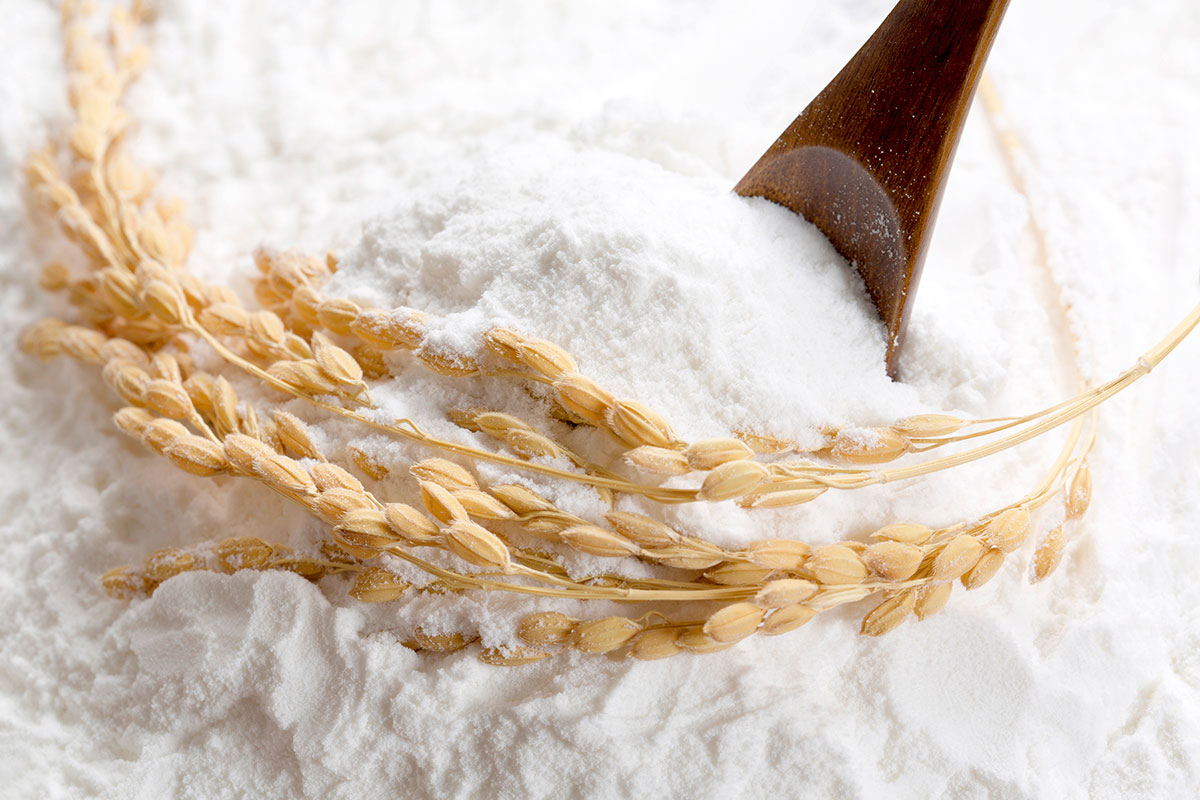
Comment